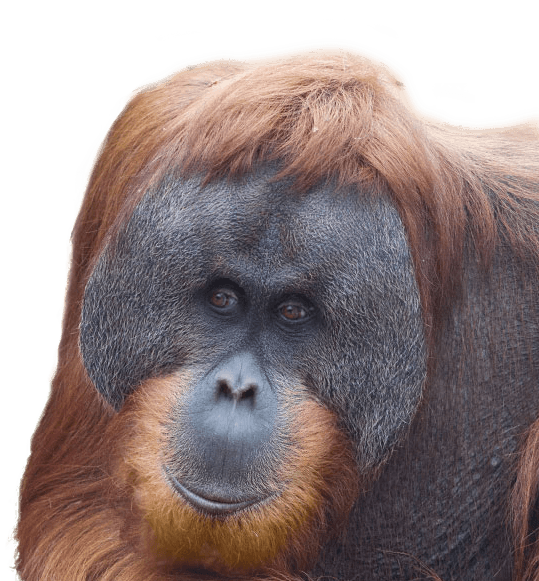Giant Pandas used to range throughout southern and eastern China, Myanmar and north Vietnam. Today they live in six major mountains ranges in the Sichuan and Gansu Provinces. There is an estimated 1,864 Giant Pandas living across a 23,000 square kilometre range.
Giant Pandas are part of the ursidae or bear family but separated from other bear species at an earlier period in evolution. Like all bear species the Giant Panda is a natural meat eater, however this unique bear has adapted to live on an almost solely vegetarian diet.
They have an elongated wrist bone that acts like a thumb to help them grasp food firmly. They possess huge molar teeth and powerful jaw muscles to break the woody parts of bamboo and chew the stem, culms and leaves with ease.
Giant Pandas are generally solitary, but they do communicate periodically through scent marks, calls, and occasional meetings. Female only enter oestrus once a year for around 24-72 hours.
The major threat to wild pandas is habitat loss and fragmentation due to China’s dense and growing human population. There are currently more than 370 Giant Pandas living in captivity, the majority of these are in China with a small population living in a handful of zoos across the world. These insurance populations safeguard the species from unpredictable events such as fire, disease or natural disaster and help increase the animal population and ensure genetic diversity through captive breeding programs.
The preservation of the Giant Panda and its habitat has a positive flow on effect for countless species inhabiting the mountains of China.
Thanks to conservation efforts the IUCN status of the Giant Panda has decreased from endangered to vulnerable in the wild.’










